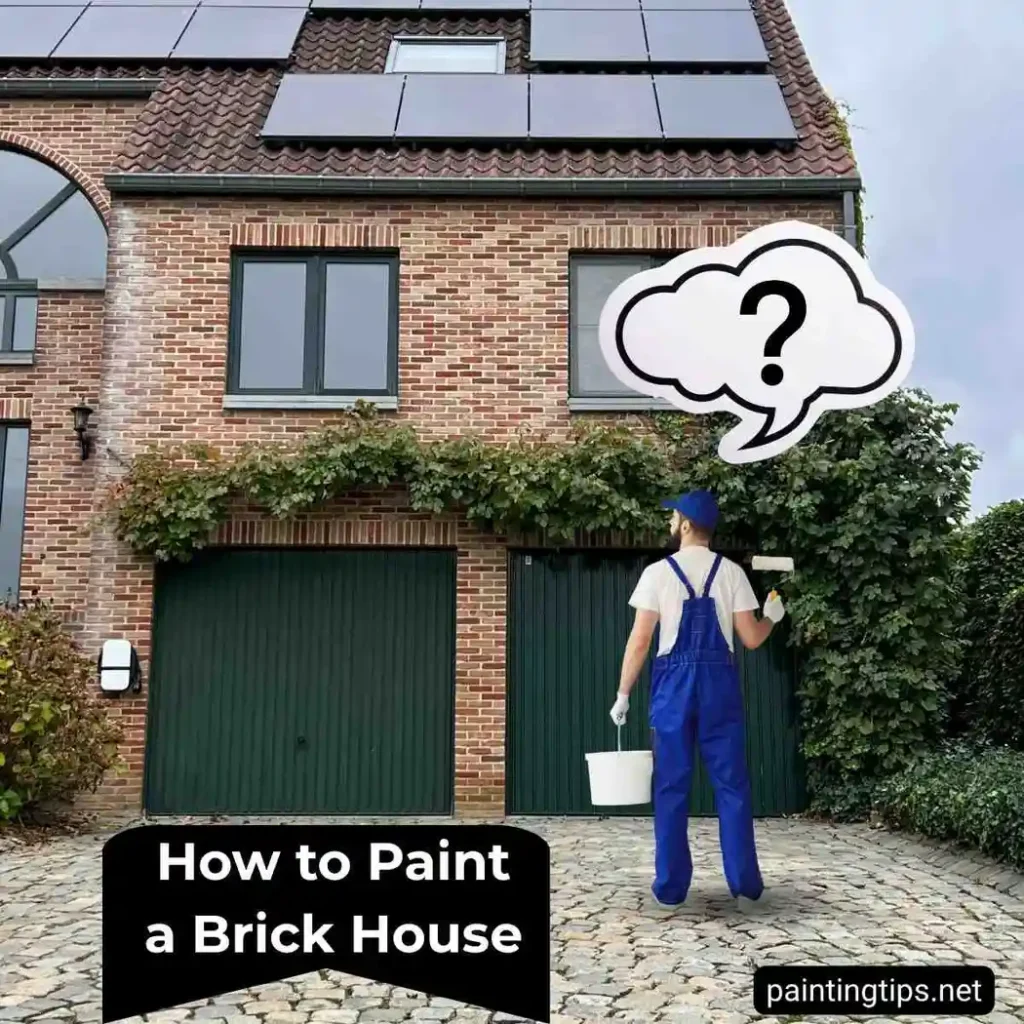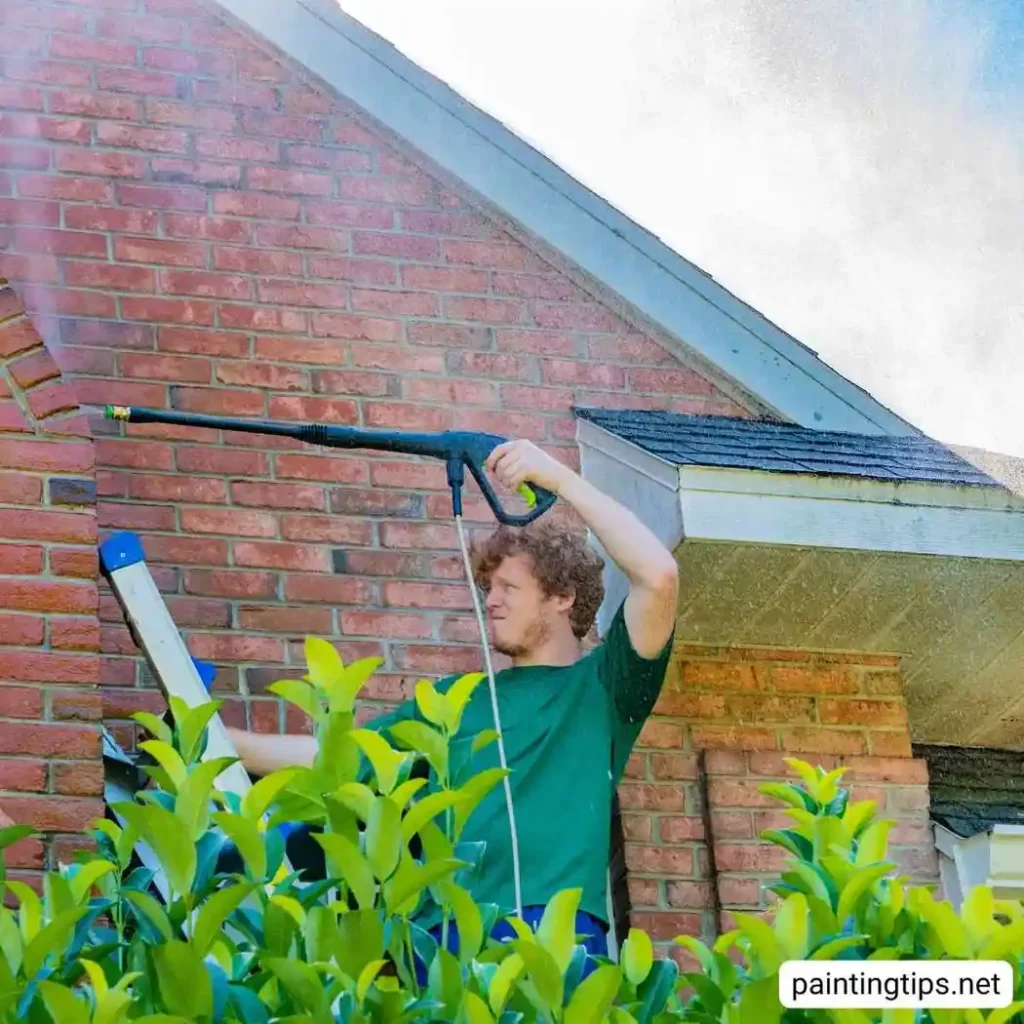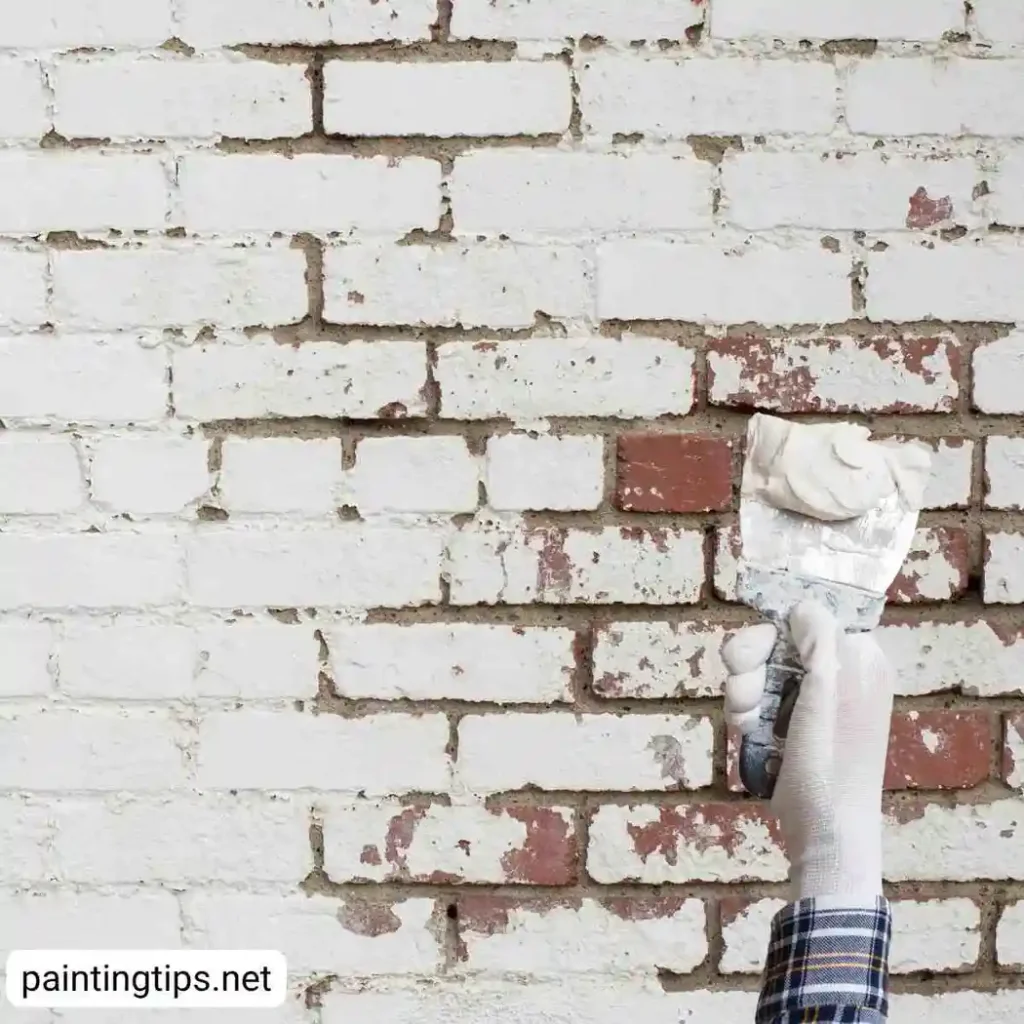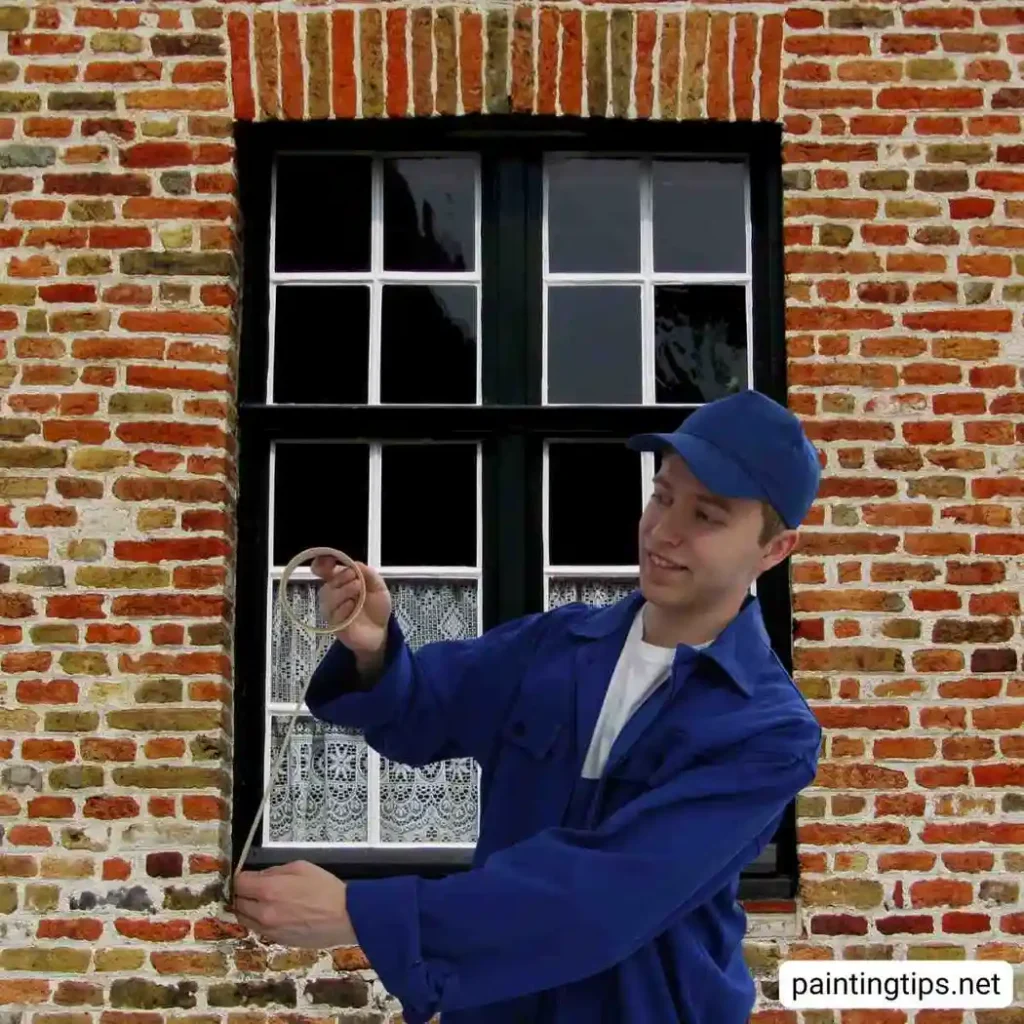Painting a brick house can completely transform its exterior, giving your home a fresh, modern look while also protecting it from weather damage. Unlike smooth walls, brick surfaces have grooves and uneven textures that require proper preparation and the right tools to achieve a professional finish. Whether you’re considering a DIY project or planning to hire a professional, this step-by-step guide will show you how to paint a brick house, including the best paints to use, surface preparation tips, and techniques to ensure long-lasting results.
How to Paint a Brick House

Painting a brick house exterior isn’t much different from painting a stucco wall, but the uneven texture of bricks and the grooves between them can make the job a bit more challenging.
When painting a brick house, those deep grooves can slow you down. You have two main options to make the job easier: use a long-nap exterior roller or a paint sprayer.
A paint sprayer is the easiest way to paint a brick house. Before you start, fill any gaps or cracks between the bricks with exterior caulk or polyurethane sealant. Allow it to dry completely. Then, apply a primer and exterior paint, waiting about five hours between each coat.
If you don’t have a paint sprayer, you can still achieve great results with a roller by following these steps:
1-Clean the Bricks

If your exterior walls are already clean, you can skip this step. However, clean bricks help primer adhere better. Wash the brick surface using a garden hose. If you notice dirt or stains, scrub them with a stiff brush. Make sure the bricks are completely dry before applying primer or paint. The best approach is to wash the surface a day before painting.
💡 Good to know: If you’re painting in fall or winter, avoid soaking the bricks. Instead, wipe off any visible dirt or lightly sand the surface.
2-Repair Damaged Bricks

Fill any cracks or holes with exterior-grade caulk or polyurethane sealant. Let it dry completely before painting—otherwise, it can crack or peel off. Painting over wet caulk can also cause uneven color tones.
3-Mask and Protect

Remove or cover any wall-mounted fixtures, such as outdoor lights or mailboxes, with painter’s plastic. Use painter’s tape to protect window and door trims. Related articles: [How to Paint Plastic Shutters], [How to Paint Window Frames]
4-Apply Primer
Make sure to use an exterior primer. Apply it with a long-nap roller for better coverage on textured brick. For edges and tight areas near windows, doors, and roof lines, use a 3-inch brush.
5-Cut In the Edges

Wait at least 4 hours for the primer to dry before painting. Start by cutting in around roof lines, windows, and doors with a brush. This makes painting the larger brick areas faster and easier.
6-Apply The Paint
Painting a brick house, apply the paint directly to the surface with a roller, then use vertical strokes to work it thoroughly into the mortar lines. If needed, paint small cracks and mortar joints with a brush beforehand to make the job easier. Use a long-nap exterior roller to help the paint reach into the grooves between the bricks. Apply two coats for even coverage, allowing at least 4 hours between coats.
Frequently Asked Questions
Can You Paint a Brick House Yourself?
Yes, you absolutely can. Painting a brick house is a manageable DIY project as long as you prepare the surface properly. Clean the bricks thoroughly, repair any cracks or holes, and apply a high-quality exterior primer before painting. Using a paint sprayer will save you time and give more even coverage, but a long-nap roller works just as well if you’re patient. Always paint in mild weather—ideally between 50°F and 85°F (10°C–29°C)—to ensure the paint cures properly.
What Kind of Paint Do You Use on Brick Houses?
For the best results, use 100% acrylic latex exterior paint. It’s breathable, flexible, and resistant to peeling or blistering, which is essential for brick surfaces that naturally absorb and release moisture. Avoid oil-based paints, as they can trap moisture inside the brick and lead to damage over time. If your home is exposed to extreme weather, you might also consider elastomeric paint, which provides a thicker, waterproof finish.
Can You Paint Directly Over Brick?
Technically, yes—but it’s not recommended. Painting directly over unprepared brick can cause poor adhesion and peeling later on. Always clean the surface first, let it dry completely, and apply an exterior masonry primer before painting. The primer helps seal the porous brick and ensures the paint adheres smoothly and evenly.
Is It a Good Idea to Paint a Brick House?
It depends on your goals. Painting a brick house gives it a clean, modern look and protects it from moisture and UV damage. However, once painted, the brick will need regular maintenance, as repainting is required every 5–10 years depending on climate conditions. If your brick is in good shape and you love the natural look, sealing it with a clear masonry sealer might be a better option. But if you want a fresh, updated curb appeal—painting is a great choice.